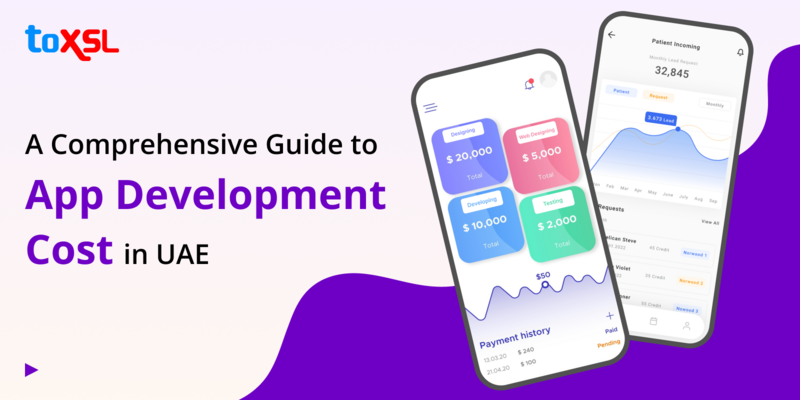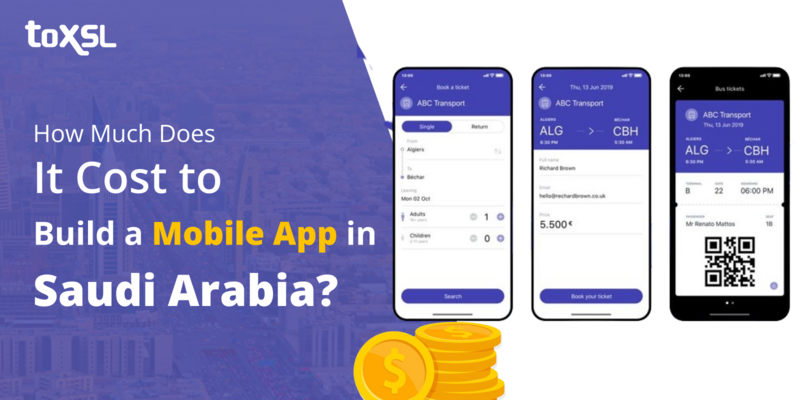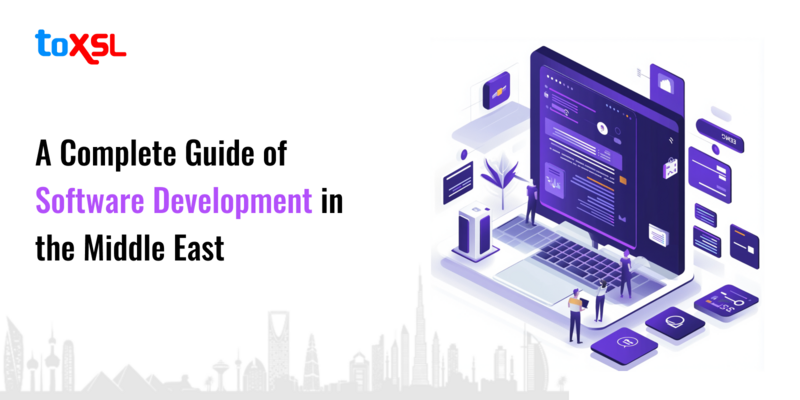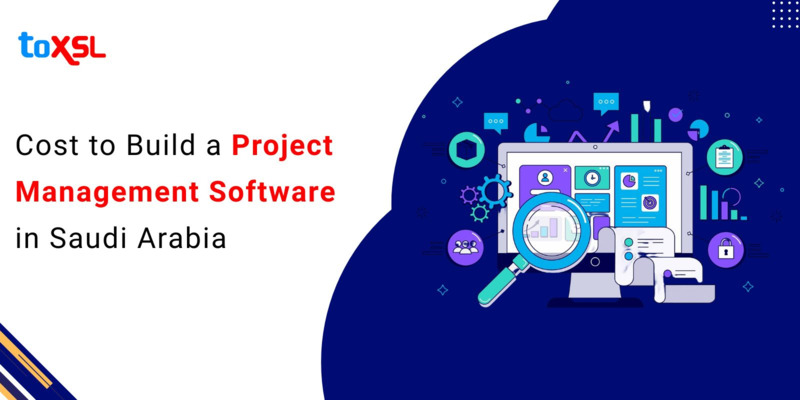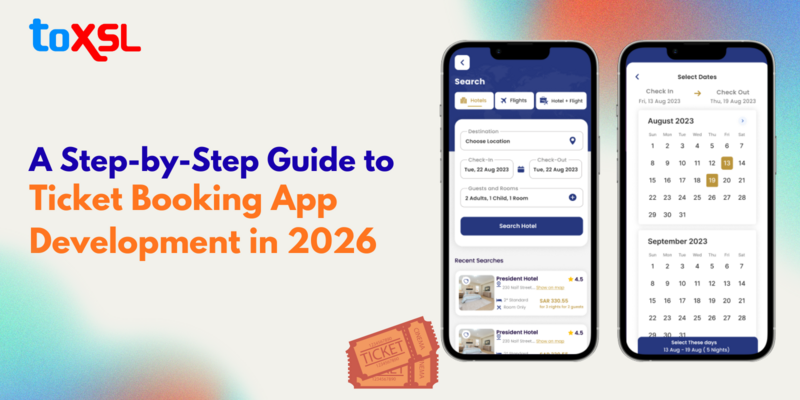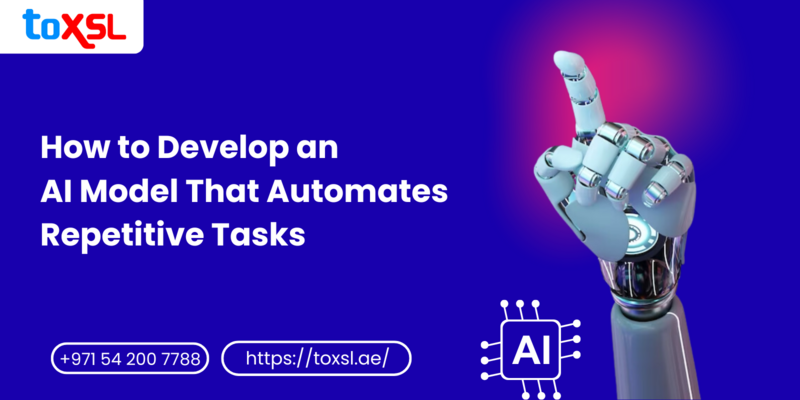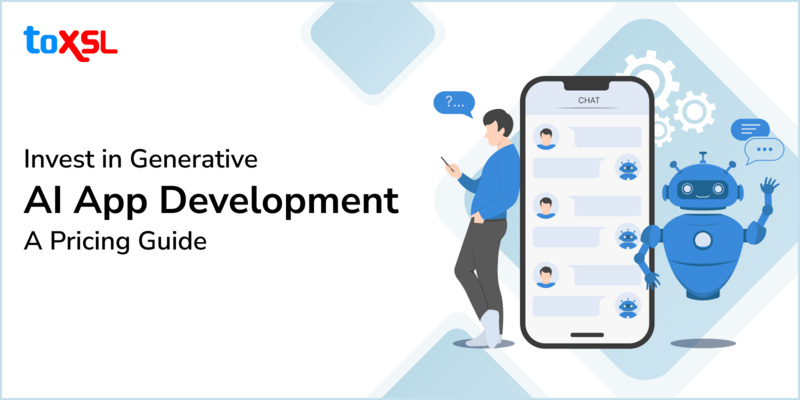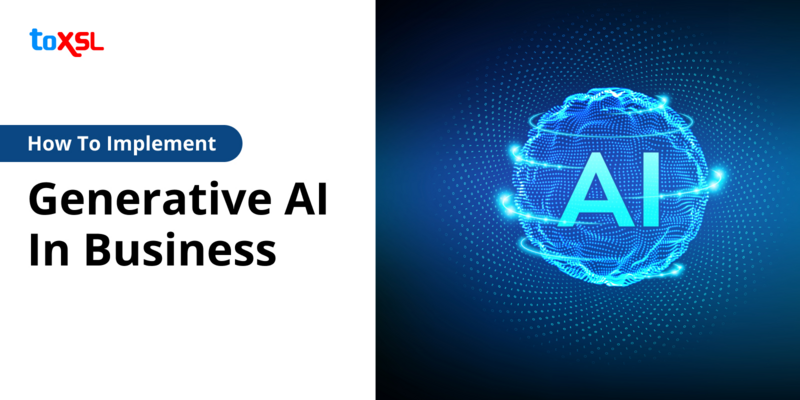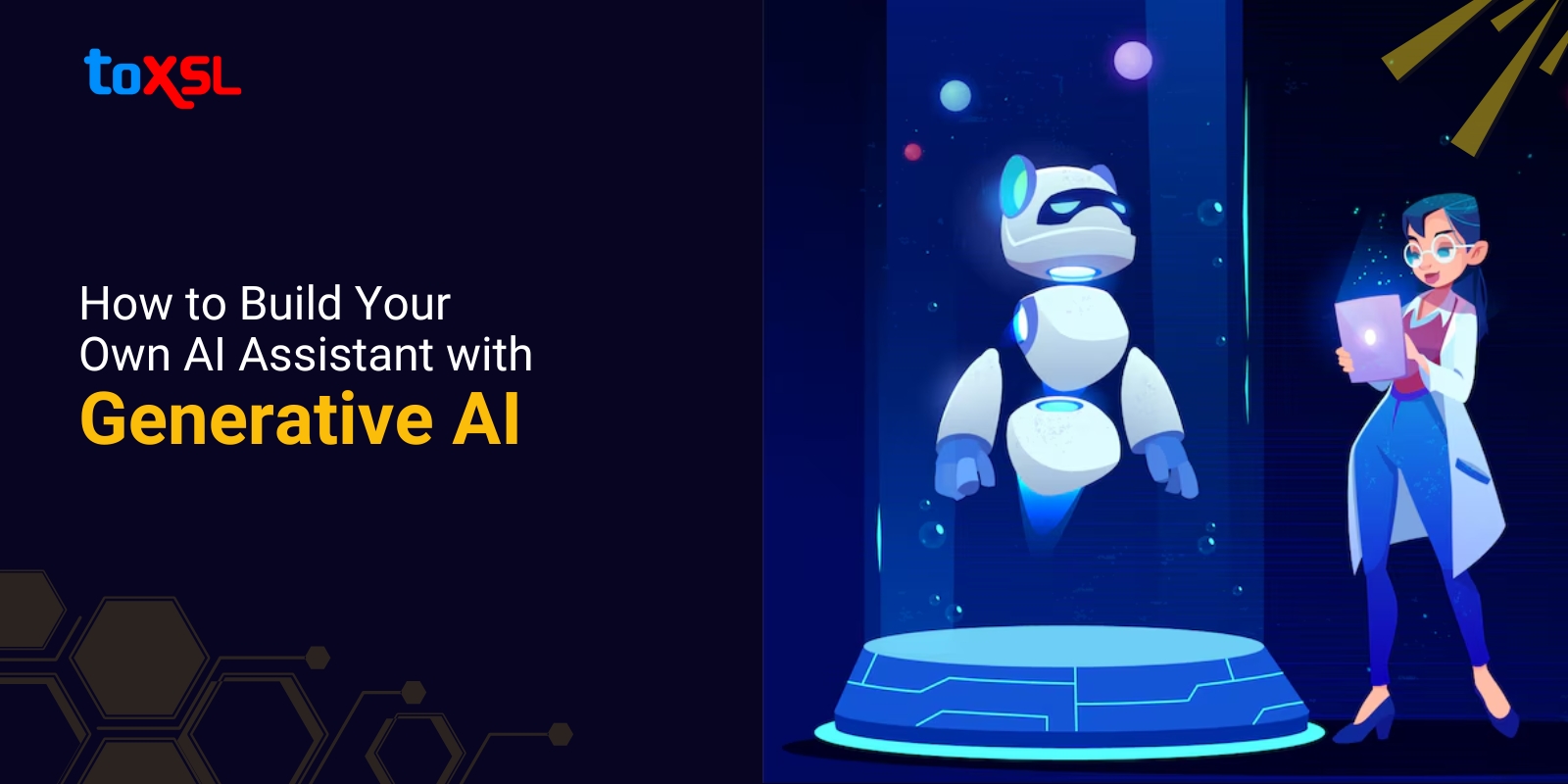
Imagine having a digital helper that can answer your questions, schedule meetings, send emails, or even remind you to drink water. This isn’t science fiction anymore. With generative AI, you can now build your own AI assistant, even without coding experience. An AI assistant is a software program that understands your commands, automates tasks and interacts with you using natural language. It can be voice-activated like Siri or Alexa, or text-based like a chatbot. These assistants use artificial intelligence, especially generative AI, to understand what you say and respond helpfully.
Why Build Your AI Assistant?
There are many reasons to create your own AI assistant:
- Personalization: Make it do exactly what you want, from sending reminders to managing your calendar.
- Privacy: Control your data by keeping your assistant private.
- Learning: Gain new skills in AI and automation.
- Cost Savings: Avoid paying for commercial AI assistant subscriptions.
Step 1: Decide What You Want Your AI Assistant to Do
Before you start, think about your assistant’s purpose. Ask yourself:
- Should it be voice-activated or text-based?
- What tasks should it handle (reminders, emails, web searches, etc.)?
- Where will you use it (phone, computer, smart speaker)?
- Do you want it to connect with other apps or devices?
Write down your answers. This will help you stay focused as you build.
Step 2: Choose the Right Tools
You don’t have to be a programmer to build an AI assistant. There are two main paths:
- ChatGPT Custom GPTs: Set up chatbots with custom instructions, no coding needed.
- Voiceflow: Design voice assistants with a simple drag-and-drop interface.
- Programming Languages: Python is the most popular for AI projects.
- AI Frameworks: Use OpenAI’s GPT models, TensorFlow, or PyTorch.
- NLP Libraries: spaCy, NLTK, or Rasa for language understanding.
- Speech Tools: Google Speech-to-Text for voice input, Amazon Polly for speech output.
Choose the approach that matches your comfort level and goals.
Step 3: Build the Brain of Your Assistant
The “brain” of your AI assistant is the generative AI model. Here’s how to get started:
- Use existing AI models like GPT-4, or fine-tune one with your data.
- Teach your assistant to recognize what you want (like setting reminders or answering questions).
- Add features like sentiment analysis so it can sense if you’re happy or frustrated.
- Make it remember past conversations for a more personal touch.
Step 4: Add Voice and Text Features
Your assistant should be able to listen, speak, and chat:
- Voice: Use speech-to-text to turn your spoken words into text, and text-to-speech to make your assistant talk back.
- Text: Create a chat interface using web or mobile frameworks.
- Make sure responses are quick and natural for a real conversation feel.
Step 5: Design a Friendly User Interface
A good user interface makes your assistant easy to use:
- For web or mobile, use simple frameworks to design clean interfaces.
- For desktops, try tools like Electron or PyQt.
- Add buttons, input fields, and voice controls as needed.
- Keep the design simple and welcoming.
Step 6: Connect to Other Services
Make your assistant even more helpful by linking it to other apps:
- Calendars: Sync with Google Calendar or Outlook.
- Email: Automate sending or reading emails.
- Smart Devices: Control lights, thermostats, or other smart gadgets.
- Cloud Storage: Save notes or reminders in Google Drive or Dropbox.
Step 7: Test and Improve
Test your assistant with real commands to see how it responds:
- Try different questions and tasks.
- Collect feedback from yourself or others.
- Use feedback to make your assistant smarter and more accurate.
- Keep updating the AI model to stay current.
Step 8: Deploy and Maintain
Make your assistant available anywhere, anytime:
- Host it on cloud platforms like AWS, Google Cloud, or Microsoft Azure.
- Monitor how it’s used and fix any issues that come up.
- Add new features over time, starting simple and building up as you learn.
You can build an AI assistant in minutes without writing a single line of code:
- Pick a No-Code Tool: Try ChatGPT Custom GPTs or Voiceflow.
- Set Up Your Assistant: Name it and describe what it should do.
- Train and Test: Add example questions and responses. Test its replies.
- Connect Apps: Use Zapier to link your assistant with Gmail, Google Calendar, or Slack.
- Go Live: Start using your assistant right away, and share it with friends or colleagues.
Tips for a Human-Like AI Assistant
Make your assistant feel friendly and natural:
- Use conversational language in responses.
- Add personality, like a sense of humor or a unique greeting.
- Let it learn your preferences over time.
- Keep improving based on real conversations.
Common Challenges and How to Overcome Them
Every project has hurdles, but you can overcome them:
- Understanding AI: Start with no-code tools, then learn to code gradually if needed.
- Privacy Concerns: Host your assistant locally or on a secure cloud.
- Limited Features: Add new integrations as you learn more.
- Natural Conversations: Use advanced language models and keep training your assistant.
Cost to develop AI assistant using Gen AI
The cost to make an AI assistant can be very different depending on what you want it to do. It depends on how hard it is to build, what features you want, the technology used, where the developers live, and if you want a simple chatbot or a smart assistant with many features.
If you want a basic AI assistant that can do a few simple things, it usually costs between $30,000 and $50,000. But if you want a more advanced assistant that can talk naturally, understand your voice, connect with other apps, and do special tasks, it can cost between $50,000 and $150,000 or more.
Final Thoughts
Building your own AI assistant with generative AI is easier than ever. You don’t need to be a tech expert or spend lots of money. With today’s tools, anyone can create a digital helper that saves time, boosts productivity, and makes life more fun. Start small, keep learning, and soon you’ll have an AI assistant that feels like a real part of your daily routine.
At ToXSL Technologies, we are passionate about helping businesses unlock the true power of artificial intelligence. Being a leading Artificial Intelligence solutions provider company, we develop custom AI solutions that fit your unique needs. Our team of experts works closely with you to understand your goals. Whether you want a smart chatbot, apps that recognize images, or tools to automate tasks, we build solutions that make your work easier and your customers happier.
If you want to use AI to improve your business, we’re here to help. Let’s work together to create smart solutions that make a difference. Ready to build your own AI assistant? Start today, and see how much it can help.

